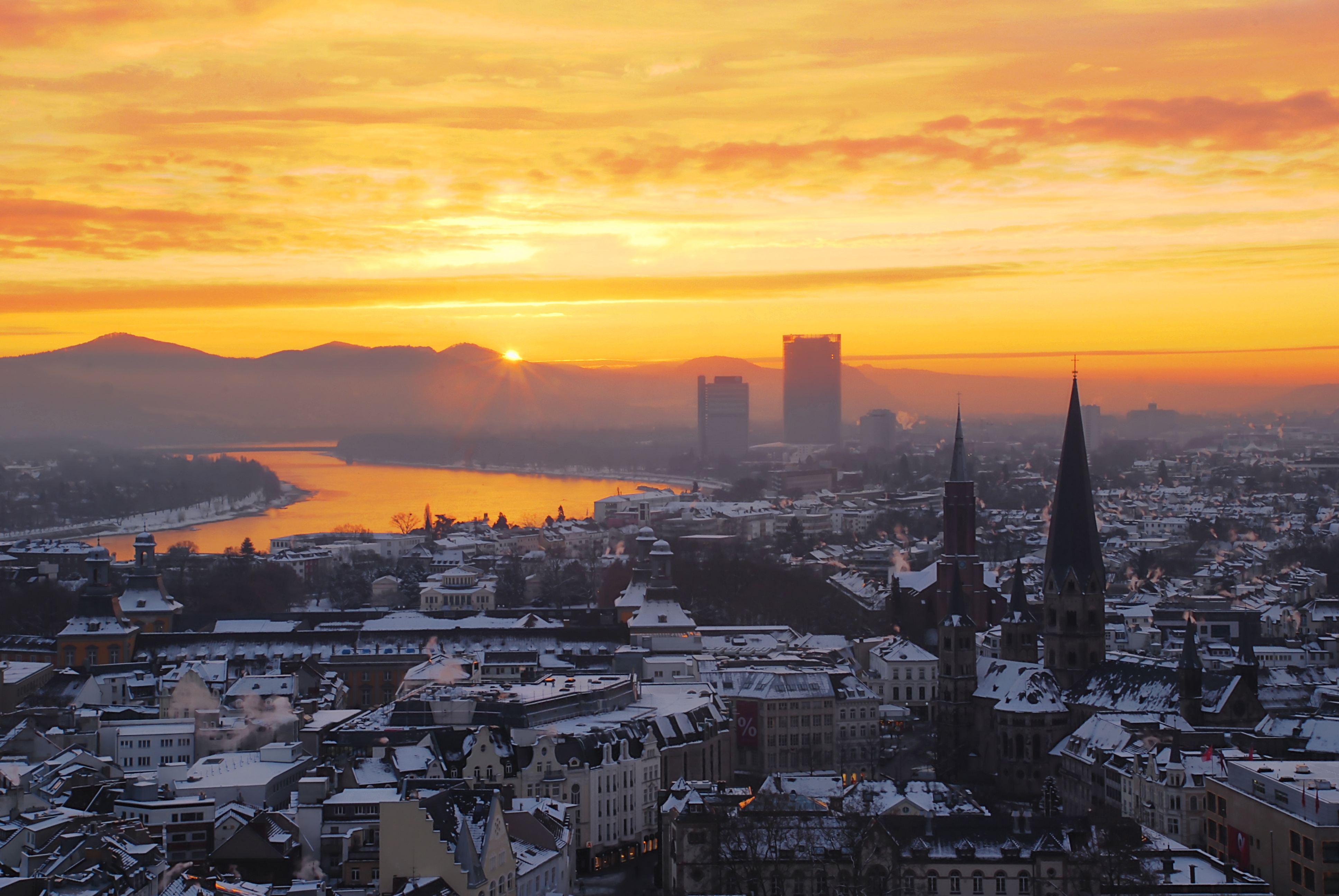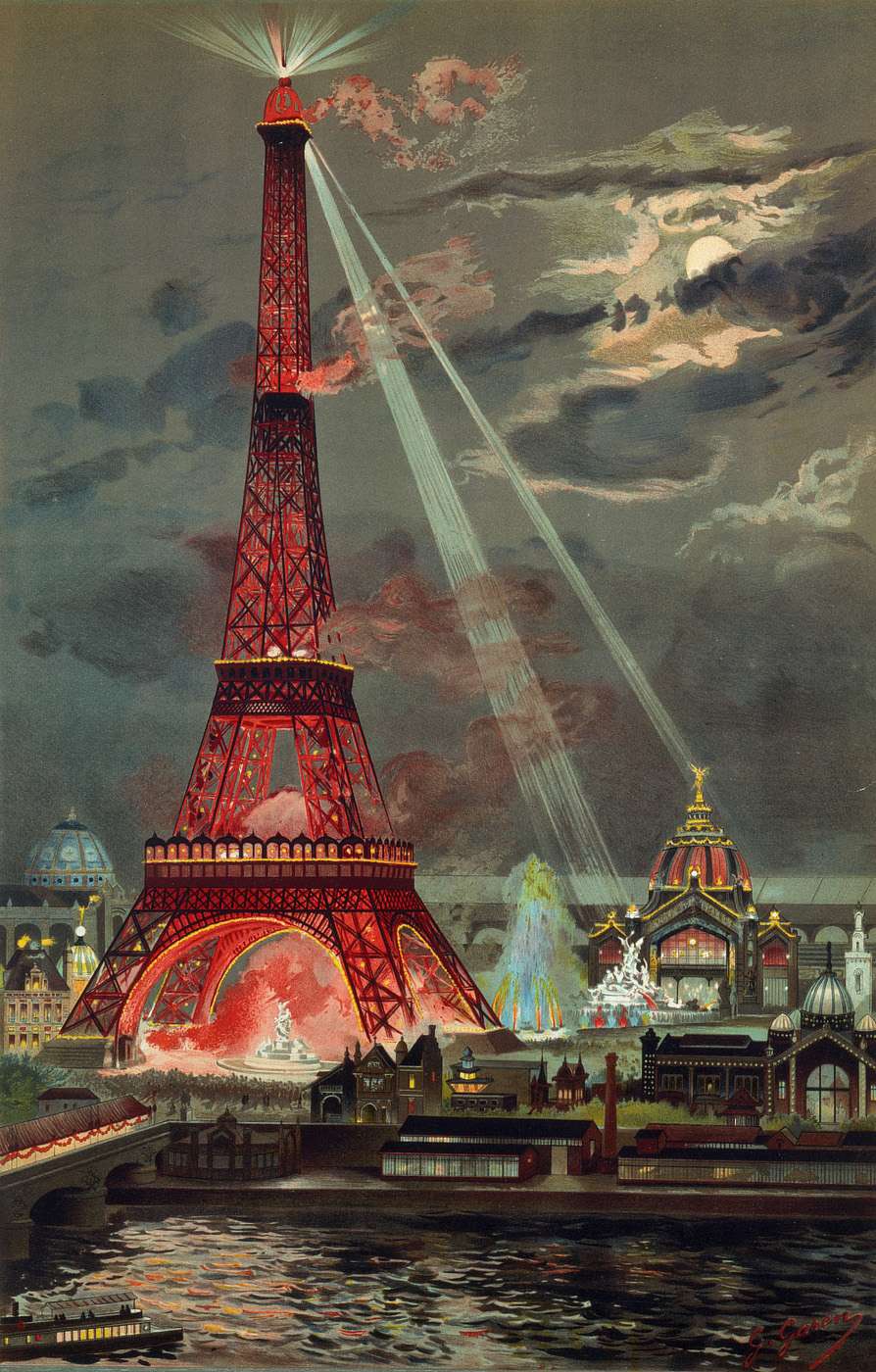
The Conference of the Parties (COP23) met in Bonn, Germany to put the walk in the talk. COP23’s purpose? Make actionable those agreements, formed in Paris at COP21, addressing climate change. Among developments in Bonn, the Ocean Pathway will include waters not contained within specific countries. Other notable achievements: Powering Past Coal Alliance. World agreements, such as that achieved in Paris and followed up in Bonn, are relatively rare in history. Global time zones were agreed at the International Prime Meridian Conference of 1884, as a result of the work of Sandford Fleming, surveyor on the Canadian Pacific Railway. COMSAT invited companies around the world to join governments to build a new “railway” in the sky: communications satellite systems later resulted in the Internet. Bonn’s achievements at COP23 will determine the future, as participating nations (with a notable exception) work together to rebuild a sustainable world. Even where a country might not participate, states and cities continue the effort: We Are Still In.
Ellis, Jonathan. “The Bonn Climate Conference: All Our Coverage in One Place.” 13 November 2017. The New York Times. https://www.nytimes.com/2017/11/13/climate/bonn-climate-change-conference.html
Powering Past Coal Alliance. http://www.ym.fi/download/noname/%7B2ECC2AA5-F5D9-4551-BEC1-63C29DDB57A4%7D/132328
United Nations. COP23. https://cop23.unfccc.int
We Are Still In. https://www.wearestillin.com/cop23-press-release
Building the World Blog by Kathleen Lusk Brooke and Zoe G Quinn is licensed under a Creative Commons Attribution-NonCommercial-NoDerivs 3.0 Unported License





